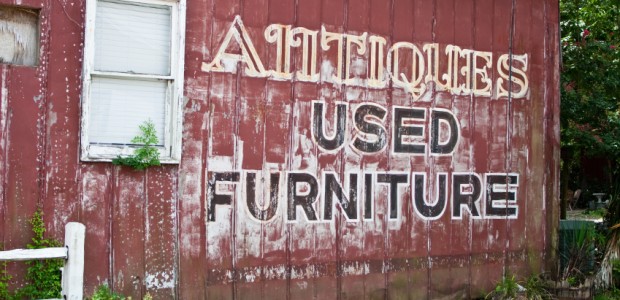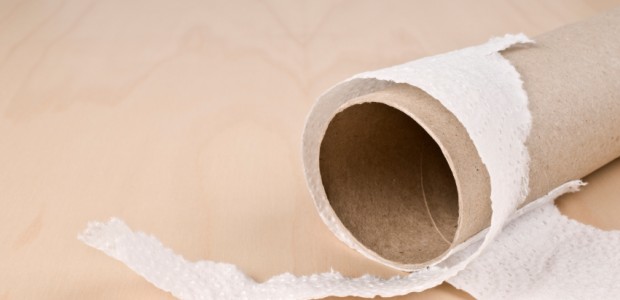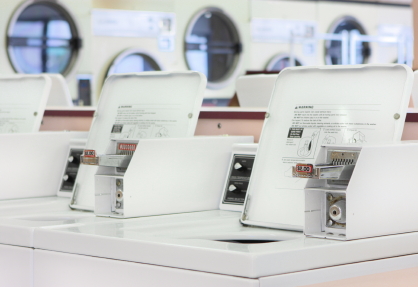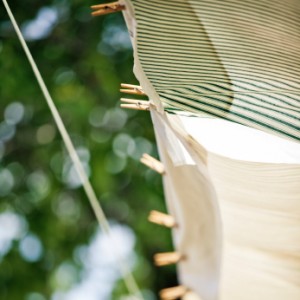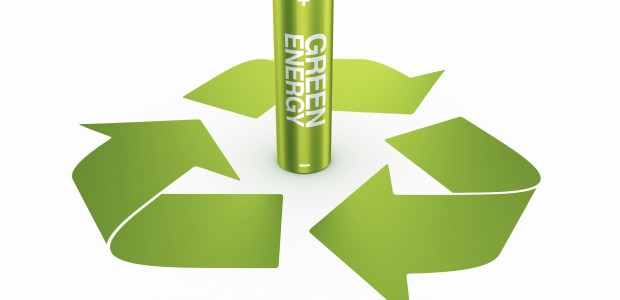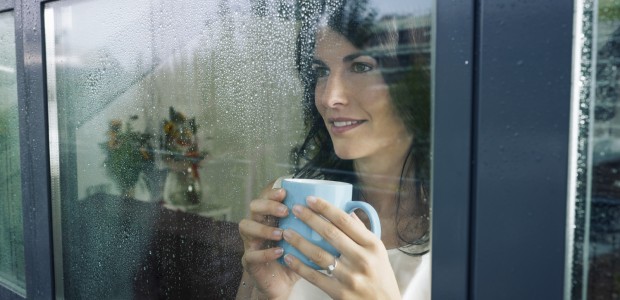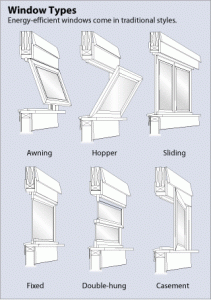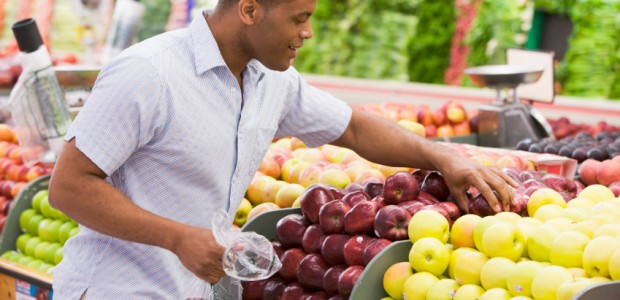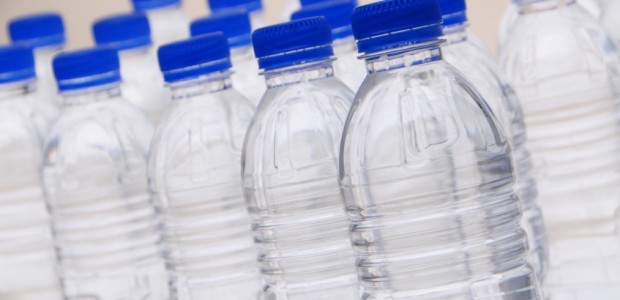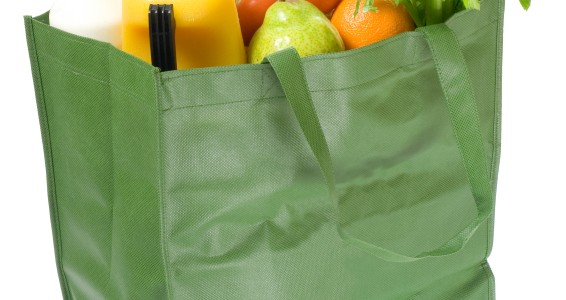While all prescription bottles may look the same, there can be subtle differences in disposing of them safely for your family and in an environmentally-friendly way. With spring cleaning underway, now is a good time to finally clean out your medicine cabinet and get rid of expired or empty prescription bottles.
However don’t just toss the bottle in the recycling bin, here are tips to keep in mind to properly and safely recycle your prescription bottles.
- Don’t flush unused or expired medications down the toilet. This water eventually ends up in our waterways, where trace amounts of your medicine can cause contamination.
- Do figure out ahead of time if you can recycle your prescription bottles with your regular trash. Most of the “brown” prescription bottles are #5 plastic, which is polypropylene. The clear prescription bottles, like the kind you get from Target, are #1 plastic or PETE. This is the same stuff that soda bottles are made from. While many recyclers now accept plastic #1 through #7, not all do. So double-check that you can recycle the bottles with the rest of your household containers before assuming you can and tossing them in the bin.
- Don’t trash prescription bottles if you can’t recycle them—reuse them instead. There are plenty of reuses for prescription bottles—after you give them a good washing. I’ve heard of scouts who put matches in these bottles as a way of keeping them dry. I know crafts people who used them as mini containers that hold like items, such as push pins, beads or needles.
- Check to see if your local town or city offers a take-back program for unwanted prescriptions/expired prescriptions before just tossing the medicine in the trash.
- If no instructions are given on the drug label and no take-back program is available in your area, throw the drugs in the household trash, but first:
- Take them out of their original containers and mix them with an undesirable substance, such as used coffee grounds or kitty litter. The medication will be less appealing to children and pets, and unrecognizable to people who may intentionally go through your trash.
- Put them in a sealable bag, empty can, or other container to prevent the medication from leaking or breaking out of a garbage bag.
- If no instructions are given on the drug label and no take-back program is available in your area, throw the drugs in the household trash, but first:


